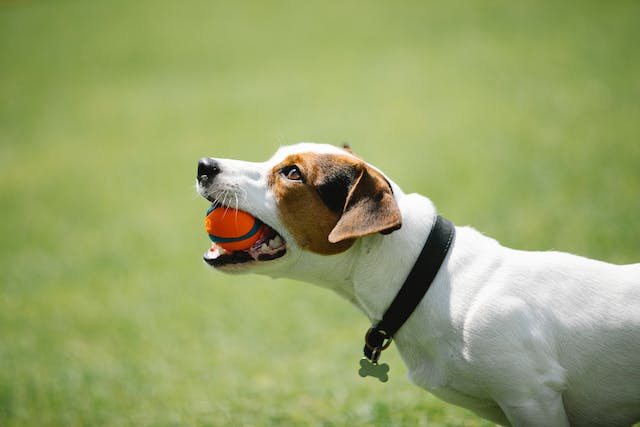Aggression is a typical character in dogs termed to be of ‘larger’ breeds or home protection dogs. Nevertheless, you should note that any dog can become aggressive as long as it is prone to these circumstances. The sad thing with aggression is the failure to heal overnight since the process takes a lot of training and patience. The moment you realise that your dog loves barking, biting or growling that is the day you will discover his issues in behaviours. Though some people turn for professional training to curb this aggression, there are specific steps you can take at home to cure this problem.
Why dogs portray aggressive behaviours
The only way to prevent aggression in your canine is by knowing the root cause of this problem. It is common to notice dogs that growl or bark while chewing bones. Others are known to attack strangers or children as long as they spot one. In addition to this, some become aggressive when they come face to face with other animals such as cats. You will also notice some that bark at inanimate objects such as moving cars.
Some dogs are bred to be naturally aggressive due to their traits. An example is the guard dog that is trained to protect the property of its master hence will bark at any new individual or object in the compound. Most of the dogs’ aggression includes;
- Territorial aggression whereby the dog will protect its space as long as they spot an intruder
- Possessive aggression. This type of dog will defend anything that brings value to his life such as a bone or toy.
- Social aggression. This happens on breeds that are not reared to live with other dogs. Once they come into contact with others, they tend to attack them if they make advances towards them.
- Sex-related aggression. It is common to note two male dogs that become aggressive as long as they spot a female dog.
- Defensive aggression. In this, the dog will attack for its defence.
- Pain aggression. This is when a dog exhibits pain through pain growls.
How to stop aggression
To stop the aggressive behaviours in dogs, most people are known to use electric and shock collars on them. This is an effective method in some dogs though it involves a harsher punishment of causing pain. Nevertheless, some dog trainers are against this method as it may increase aggression behaviour since most of these dogs associate the pain with other objects or human beings. Additionally, these shockers increase stress in a dog or weaken the bond with humans since they feel restrained. Nevertheless, there are better alternatives to stop aggressive behaviour without using a shock collar.
1. Secure the fence
The first step should be to ensure that the outside world does not come into contact with your dog. No matter how fierce he becomes inside the compound, make a sturdy fence to keep him safe from anything that happens outside the fence. Always check on your fence for any holes or weak spots which may be leeway to the other side of the wall.
2. Use a strong leash
During your daily walking routines, always ensure that the dog is kept on a secure leash to prevent him from attacking strangers. A strong leash gives you an opportunity to train your dog to make him stay on the right path. The leash also prevents the dog from coming into close contact with objects or other animals which may increase its aggression.
3. Use a muzzle
In addition to having a leash or harness on its neck, you should always make sure that he puts on a muzzle around its mouth whenever you go out in public or have visitors around. Ensure that the muzzle has a basket design to make its daily activities such as drinking or panting easier. You can also place food in the muzzle to ensure that it usually feeds. To make the muzzle training process enjoyable, always put a treat in it. In the long run, you will have tamed your dog and prevented your visitors from bites.
Conclusion
The only way to prevent aggression in your dog is by finding out what causes this in him. If it is something you can help it through such as pain aggression, and then do something to cool him down. However, if he is generally aggressive, you will have to use the muzzle or leash to train him on staying cool. A shock collar is not always the best solution to aggression issues, thus the more reason to see more on management of aggression.

